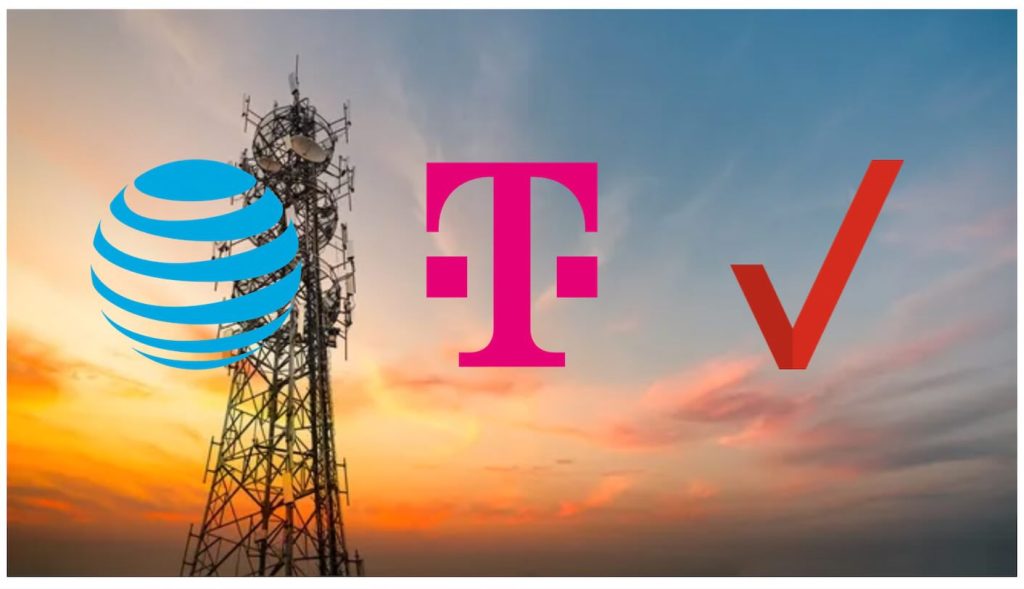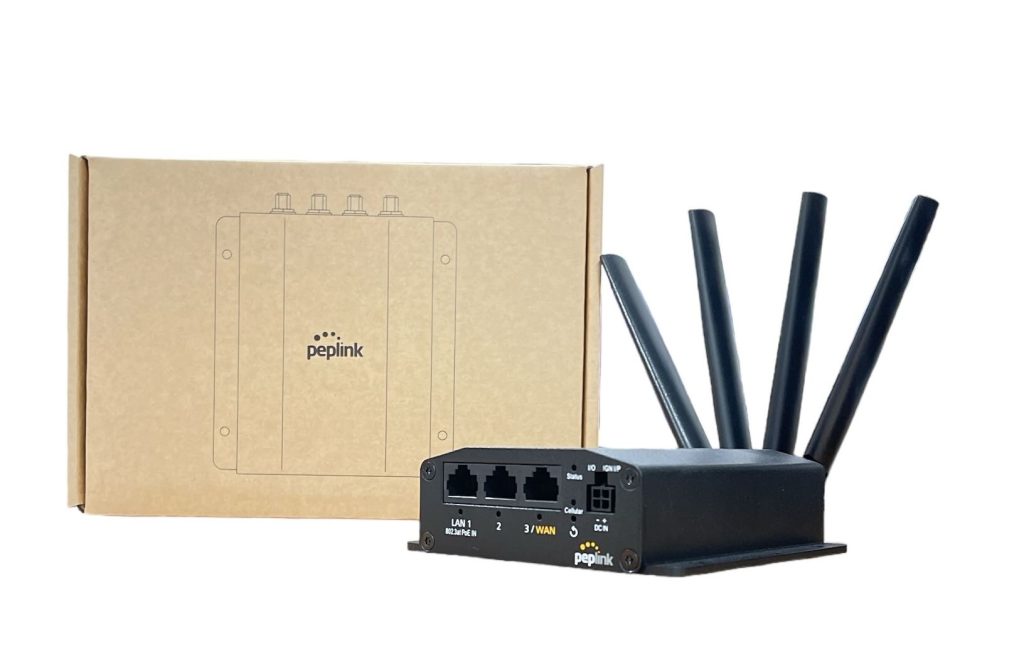AT&T is currently grappling with a massive data leak that has exposed the personal information of 73 million of its current and former customers. The breach, discovered approximately two weeks ago, has stirred concerns over the security of sensitive data and raised questions about the source and extent of the leak. According to a news […]
Tag: AT&T
Widespread Cellular Outages and the Benefits of Failover
In a surprising turn of events, major cellular carriers AT&T, T-Mobile, and Verizon experienced widespread outages across the United States on Thursday morning. The disruptions left thousands of customers without cellular service and internet connectivity, sparking concerns, especially regarding emergency services. Details sourced from NBC News reveal the extent of the outages and the subsequent […]
Peplink BR1 Mini 5G Router
Peplink introduces its latest innovation, the BR1 Mini 5G router, designed to redefine the possibilities of high-speed internet access for various applications. This compact powerhouse, now in stock and certified by major carriers, including Verizon (C-BAND), AT&T, FirstNet, and T-Mobile, redefines the way you connect and manage your network. High-Speed Connectivity The Peplink BR1 Mini […]
AT&T Assists AST SpaceMobile’s Historic 5G Satellite Call
With the backing of AT&T, AST SpaceMobile, a cellular satellite enterprise, recently achieved a groundbreaking milestone. They established the very first 5G connection between an unaltered smartphone and a satellite orbiting in space. The call took place on September 8th, 2023, over a Samsung Galaxy S22 smartphone. AST SpaceMobile originated the call from a wireless […]
iPhone 15 Pro Receives Boost in 5G Speeds
The iPhone 15 Pro, set to be released this week, will offer significant enhancements to its 5G performance. This is thanks to its new Qualcomm modem, according to data from SpeedSmart. This new iPhone model will utilize Qualcomm’s X70 modem, offering three key improvements: notably lower power consumption, improved 5G carrier aggregation capabilities, and better […]
Enhancing Public Safety Response with Cellular Routers
Reliable communication is paramount for public safety agencies to effectively respond to emergencies and ensure the well-being of communities. To meet these critical demands, specialized sections of cellular networks have been established exclusively for public safety use. Companies like AT&T with FirstNet, Verizon and its Frontline service, and T-Mobile’s Connecting Heroes program have pioneered this […]
Exploring Fixed Wireless Access Internet Service
In the ever-evolving landscape of communication technology, Fixed Wireless Access (FWA) has emerged as a game-changing solution, providing reliable internet connectivity to homes and businesses. FWA is offered by major telecom giants such as T-Mobile, Verizon, and AT&T, allowing customers to enjoy high-speed internet without traditional wired connections. While FWA presents an exciting opportunity, it’s […]
Will US Wireless Carriers’ Voluntary Commitments Address Aviation Safety Concerns for 5G Use?
Four major US wireless carriers have recently made voluntary commitments to address aviation safety concerns and allow full use of the C-Band wireless spectrum for 5G use. Verizon, AT&T, T-Mobile US, and UScellular submitted a letter to the Federal Communications Commissions (FCC) outlining their voluntary commitments to support full-power deployments across C-Band while minimizing the […]
What Do 5G Symbols Mean on My Phone
In the past, we’ve discussed the technical factors surrounding 5G, such as frequency bands and the airwaves at which 5G operates (low, mid, and high). But what about the different terminology used by cellular providers and those 5G icons on your phone that indicate your cell phone’s signal strength? If you’ve wondered what those 5G […]
RootMetrics Reports on 2H 2022: How the Cellular Networks Compare
RootMetrics just released its report that measures overall network experience and performance for the most popular cellular networks in North America. Test results were based on the second half of 2022 and cover all network technologies (5G, 4G LTE, and any sub-4G technology). The report also looks at the newest C-Band 5G performance for AT&T […]




